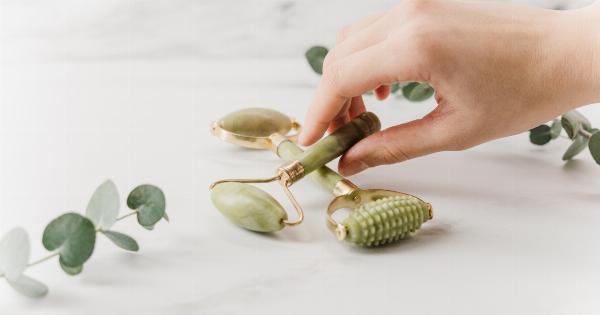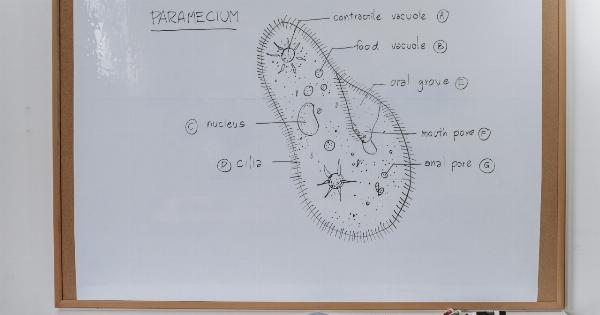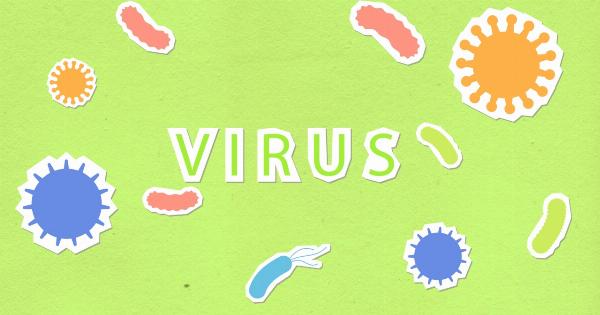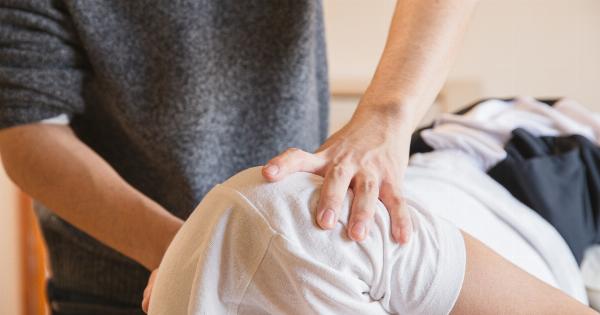Troocitis is a medical condition that affects the joints in the body, causing pain, inflammation, and discomfort.
It can have a significant impact on a person’s quality of life, making it essential to understand the symptoms and treatment options available for this condition.
Symptoms of Troocitis
The symptoms of troocitis can vary from person to person, but some common ones include:.
1. Joint pain: One of the primary symptoms of troocitis is joint pain. It can occur in one or multiple joints and may come and go or persist over time. The pain may be dull, aching, or sharp, depending on the severity of the condition.
2. Joint inflammation: Troocitis often leads to joint inflammation, causing redness, warmth, and swelling around the affected area. Inflammation can make it difficult to move the joint and may also cause stiffness.
3. Limited range of motion: Due to the pain and inflammation, troocitis can restrict the range of motion in the affected joint.
This limitation can make it challenging to perform daily activities, such as walking, writing, or even lifting objects.
4. Muscle weakness: Troocitis can sometimes lead to muscle weakness in the surrounding areas of the affected joint. This weakness can further hinder movement and increase the risk of falls or injuries.
5. Fatigue: Some individuals with troocitis may experience fatigue or a general feeling of tiredness. This fatigue can be a result of the body’s immune response and inflammation, which can take a toll on overall energy levels.
6. Morning stiffness: Many people with troocitis experience stiffness and pain in the affected joints, especially in the morning or after periods of inactivity.
These symptoms often improve with movement as the joints “warm up.”.
Treatment Options for Troocitis
The treatment options for troocitis primarily aim to alleviate pain, reduce inflammation, and improve joint function. The specific treatment plan will depend on the severity of the symptoms and the underlying cause of the condition.
Here are some commonly used treatment options:.
1. Medications: Nonsteroidal anti-inflammatory drugs (NSAIDs) are often prescribed to manage pain and inflammation associated with troocitis. Corticosteroids may also be used for short-term relief.
In some cases, disease-modifying antirheumatic drugs (DMARDs) may be prescribed to slow down the progression of troocitis.
2. Physical therapy: A physical therapist can help design an exercise program targeted at improving joint function and flexibility.
They may also recommend various modalities, such as heat or cold therapy, to alleviate pain and reduce inflammation.
3. Assistive devices: Depending on the severity of troocitis, assistive devices such as braces, splints, or canes may aid in reducing stress on the joints and improving mobility.
4. Lifestyle modifications: Making certain lifestyle changes can have a positive impact on troocitis.
This includes maintaining a healthy weight, adopting a well-balanced diet that includes anti-inflammatory foods, and practicing stress-reducing techniques such as meditation or yoga.
5. Surgery: In severe cases where conservative measures fail to provide relief, surgical intervention may be considered. Joint replacement or joint fusion surgeries may be recommended to alleviate pain and improve joint function.
Managing Troocitis at Home
While medical intervention is often necessary to manage troocitis, there are several steps an individual can take at home to alleviate symptoms and improve overall well-being:.
1. Rest: It is essential to give the affected joints adequate rest during flare-ups. Avoiding repetitive movements and activities that put extra strain on the joints can help reduce pain and inflammation.
2. Ice or heat therapy: Applying ice packs or heating pads to the affected joints can provide temporary relief from pain and swelling.
Ice therapy is especially useful during acute flare-ups, while heat therapy can help relax muscles and improve joint mobility.
3. Gentle exercises: Engaging in low-impact exercises, such as swimming or cycling, can help maintain joint flexibility and strengthen the surrounding muscles without putting excessive stress on the joints.
4. Weight management: Maintaining a healthy weight is crucial for managing troocitis. Excess weight puts unnecessary strain on the joints, worsening symptoms.
A balanced diet coupled with regular exercise can contribute to weight management.
5. Stress reduction techniques: Chronic stress can worsen troocitis symptoms.
Incorporating stress reduction techniques, such as deep breathing exercises, mindfulness, or engaging in hobbies, can help manage stress levels and improve overall well-being.
Preventing Troocitis
While troocitis is often a result of various underlying factors, there are steps individuals can take to reduce the risk of developing this condition:.
1. Exercise regularly: Engaging in regular exercise can help maintain joint flexibility, strengthen muscles, and reduce the risk of troocitis. However, it is important to choose low-impact activities and avoid overexertion.
2. Avoid repetitive motions: Repetitive motions, particularly those involving the joints, can increase the risk of troocitis. If your job requires repetitive movements, take regular breaks and use ergonomic equipment if possible.
3. Use proper body mechanics: When lifting heavy objects or performing any physical tasks, it is crucial to use proper body mechanics to avoid unnecessary stress on the joints.
Lift with your legs instead of your back, and avoid twisting or bending at awkward angles.
4. Maintain a healthy lifestyle: A healthy lifestyle can contribute to overall joint health. This includes following a balanced diet, staying hydrated, and getting sufficient rest and sleep.
Conclusion
Troocitis can significantly impact an individual’s quality of life, causing joint pain, inflammation, and limited mobility. Recognizing the symptoms of troocitis and seeking appropriate treatment options can help manage the condition effectively.
From medication and physical therapy to lifestyle modifications and surgery, there are various approaches to alleviate symptoms and improve joint function. By combining medical intervention with self-care techniques and preventive measures, individuals can take control of their troocitis and lead a healthier, more active life.






























